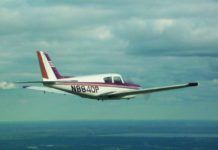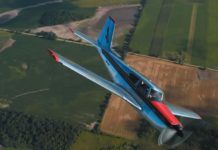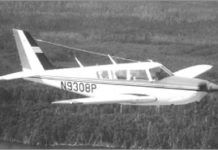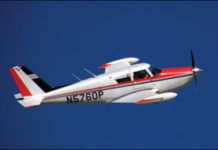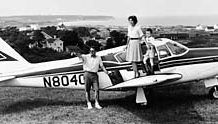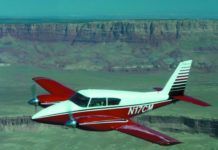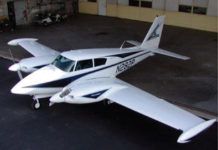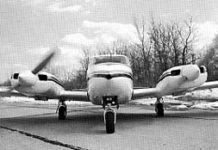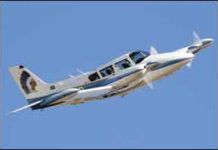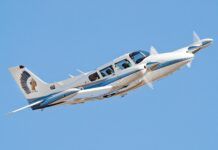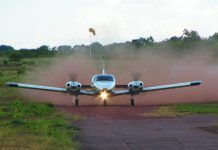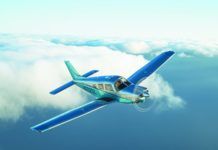Piper Comanche - search results
Piper Comanche
Piper Comanche
Piper Comanche
Used Aircraft Guide: Piper Comanche
Piper PA-24 Comanche
In the mid and late 1950s, Piper was rapidly transforming itself. Up until then, it had built airplanes like the PA-22 Tri-Pacer, the woefully underpowered Apache, the Super Cub and the like.
General aviation was progressing fast, and tube-and-fabric airplanes were giving way to shiny new all-metal monocoque creations. For Piper, it meant moving to more capable airplanes like the Comanche.
The Comanche, being a thoroughly modern design, was a real departure for the company. With the exception of the Apache, everything Piper had produced up until that time was fabric covered, and all save the Tri-Pacer were taildraggers. The Comanche boasted a roomy oval-section fuselage,...
Piper Twin Comanche
Piper Twin Comanche
Piper PA-30/39 Twin Comanche
If youre in the market for a light twin, the Twin Comanche has two appealing traits: A top speed of 170 knots or more and two fans that operate almost as cheaply as one. But the real charmer is its price-$88,000 to $122,000 average equipped price, according to the Aircraft Bluebook.
you'll pay that much for many good, used singles-ones with less impressive performance and lacking the security (at least in cruise) of an extra engine. And, while the oldest Comanche is 35 years old, you'll have the benefit of a fairly decent parts supply, reliable IO-320 engines and an owners association filled with satisfied members.
History
Between 1963 and 1972, Piper produce...

